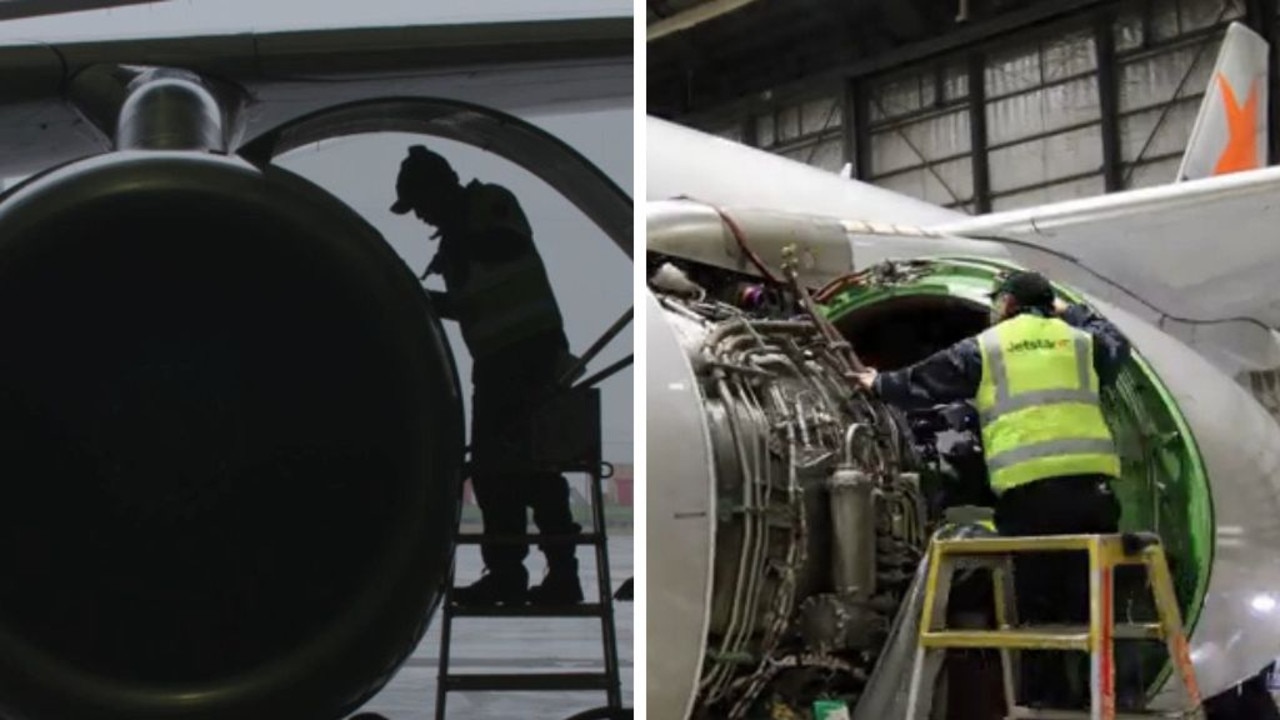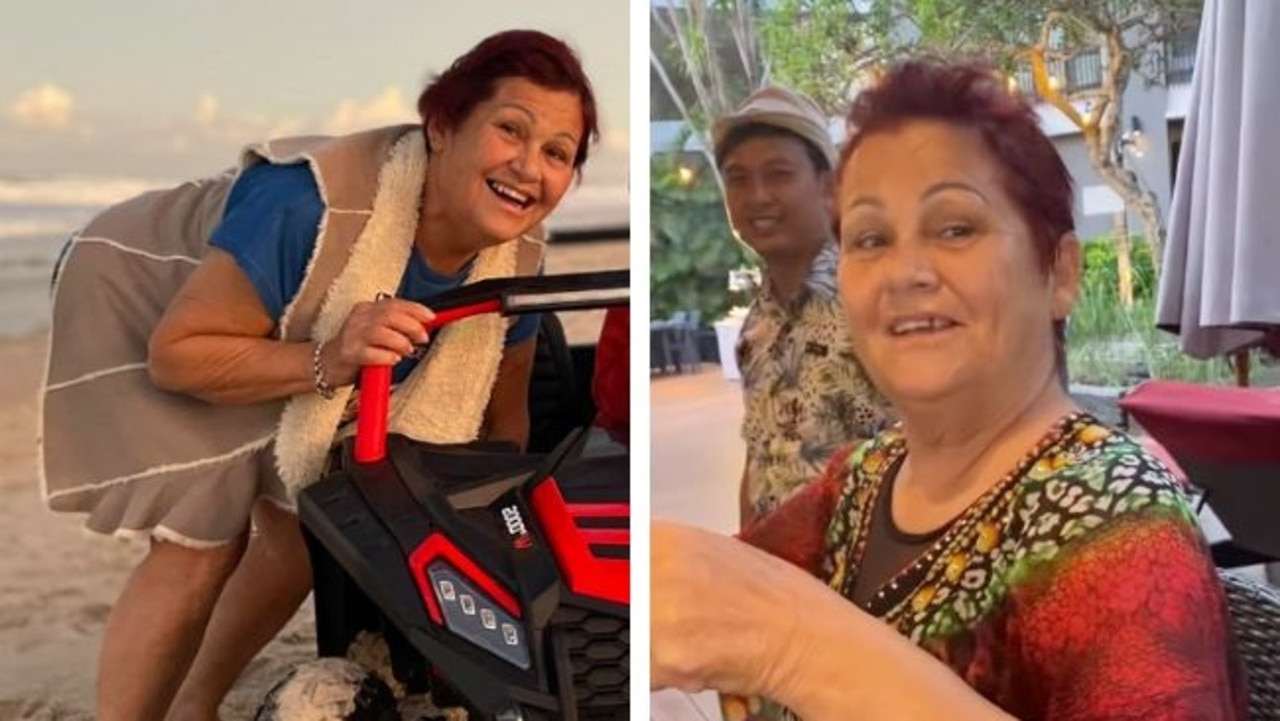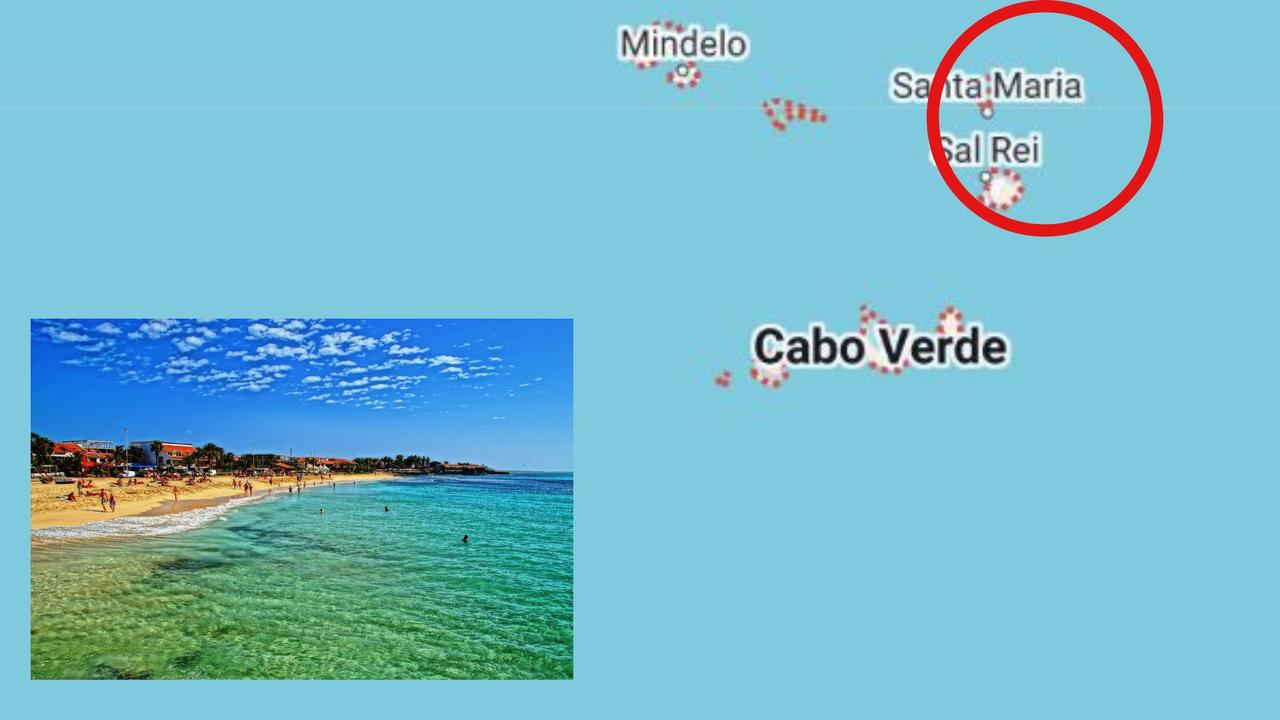NSW, QLD border closures: Postcodes included in the border bubble
As residents in Queensland and NSW grapple with new border restrictions, here is a complete list of those who can enter the Sunshine State.

Just 24 hours after announcing the Northern Territory will look at keeping borders closed until 2022, Deputy Prime Minister Michael McCormack says the decision is a “worst-case scenario” and “unfortunate” for the country’s tourism industry.
Speaking on Channel 9’s Today show on Wednesday, Mr McCormack said rather than thinking of the economy, state and territory leaders should be thinking about how hard borders are stopping families from being together long-term.
“We keep talking about what this is going to do to the economy but I keep thinking about the families,” he said.
“Families who live in different states. Grandparents who haven’t met grandchildren. People with sick or dying relatives they can’t get to.
“From a family point of view, I don’t understand how you can do this to people.”
RELATED: Follow the latest coronavirus updates
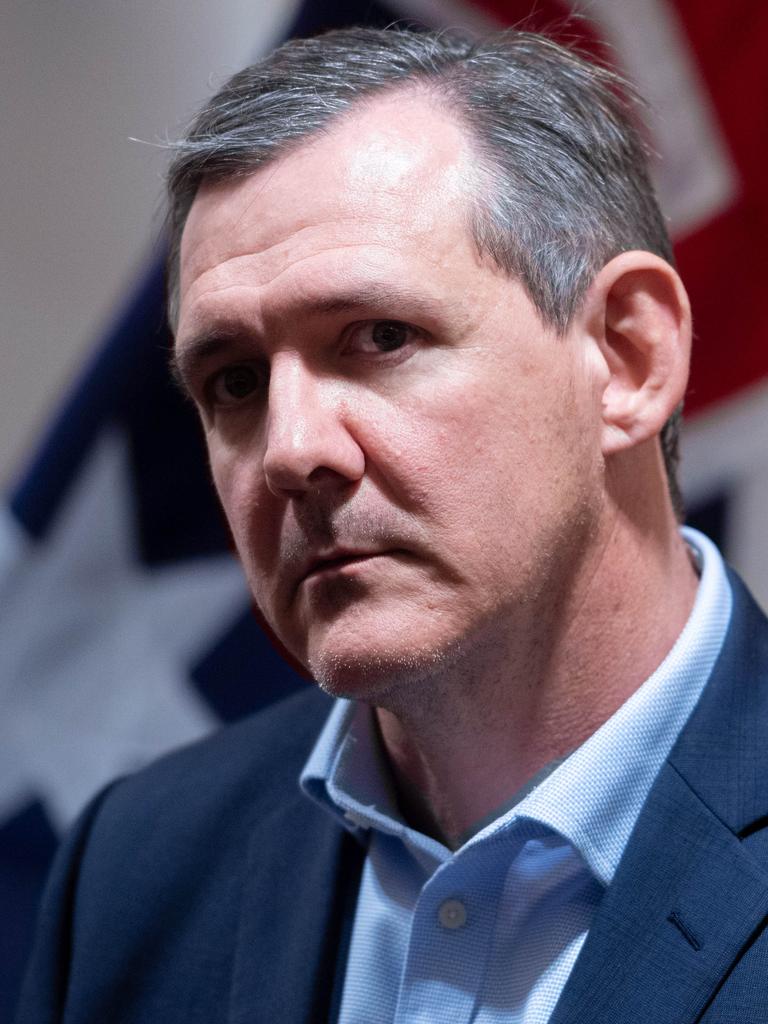
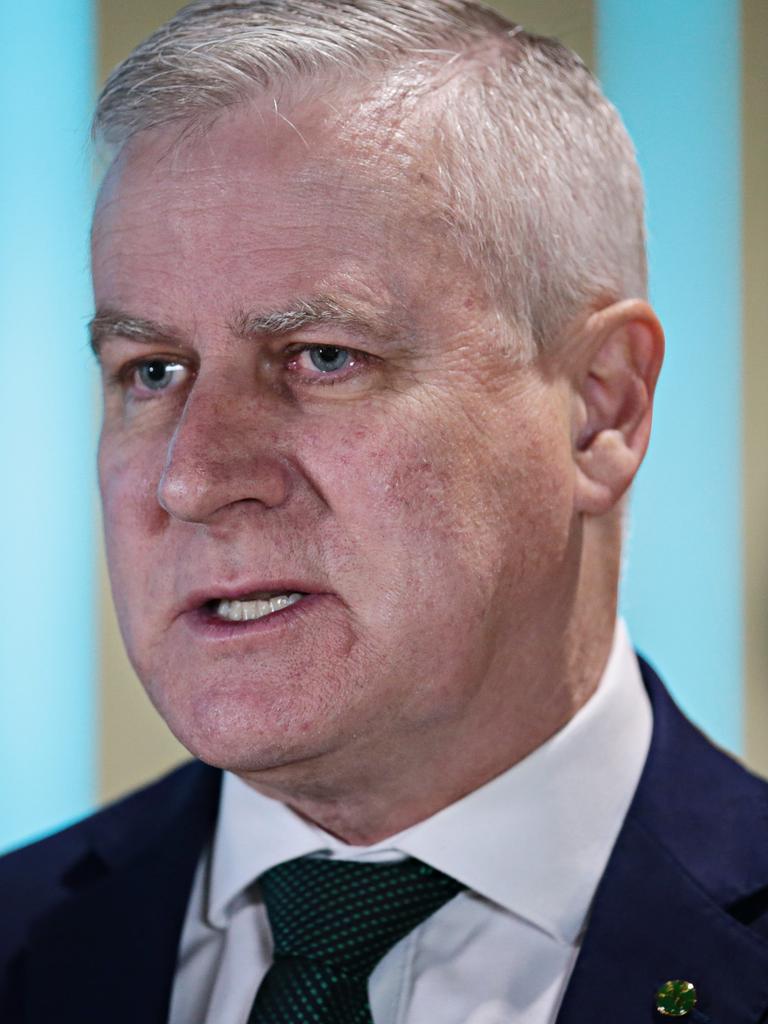
RELATED: Queensland virus free for another day
Meanwhile, residents in border towns in Queensland and NSW say their lives have been disrupted by “confusing”{ restrictions that place some suburb postcodes in a “border bubble” while others have been left out in the cold.
After closing the border to NSW last week, the only people currently allowed to enter Queensland by road are truck drivers, workers who transport freight, people performing essential activities, and border zone residents.
A list of postcodes has been released, and with any residents not falling outside the border zone means they will need to apply for “very specific personal exemptions if they’re not in one of those class exemptions group”.
According to the ABC , a Queensland Health spokesperson said that while only “a limited number of New South Wales postcodes have been identified as part of a border zone”, other communities “may be inconvenienced by these restrictions”.
“We understand there will be some communities close to, but not immediately abutting the border, that won’t fall into these border communities and may be inconvenienced by these restrictions,” the statement read.
“These are difficult decisions however these restrictions are in place for the protections of all Queenslanders.”
On Monday, health authorities urged those living in either the Tweed region or the Gold Coast region to start putting plans into place in case the border has to close further with NSW.

“I think every single person who lives in one of those border communities, in either Queensland or New South Wales, needs to think ‘what will I do, what will my family do?’ if the border becomes closed because there are cases spreading north from Sydney,” chief health officer Jeanette Young said.
“At the moment the most northern cases are in Newcastle, and we’re keeping a very close eye on whether there are cases coming further north – and they will because there is free movement within New South Wales.”
“It is really important that all those people who live along our border, whether in Queensland or in New South Wales – think ‘what is the next step’.
“If we have to close the border to everyone in New South Wales, so that there are no exemptions for people who live in those border zones who work or go to school in Queensland, if we have to close, then what will people do?” she added.


